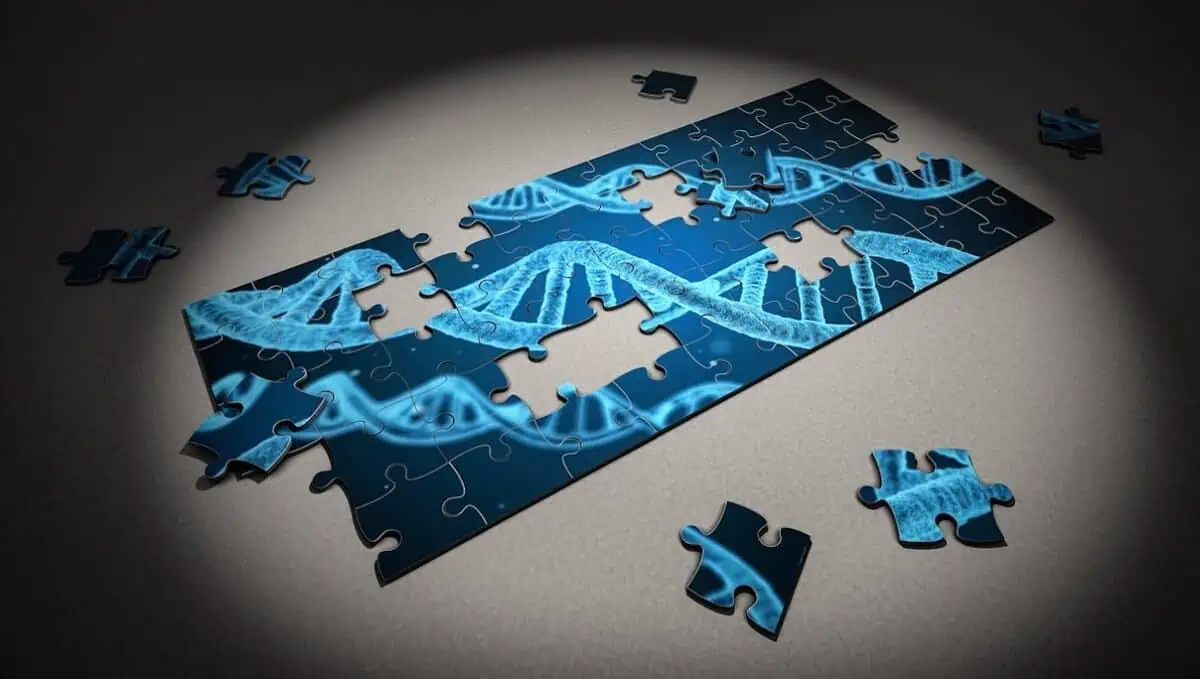Gene editing, or genome editing, was first developed in the 1900s. It is a range of technologies that give scientists the ability to change an organism’s DNA. It allows genetic material to be altered, removed, or added at specific locations in the genome.
There are several uses for gene editing technology. As well as being used for medical applications in research and treatment, gene editing technology can also be used for environmental applications.
And that’s not all; this technology has been used to improve food quality and sustainability in recent years. If you want to find out some of the benefits of gene editing on food quality and sustainability, keep reading below:
1. Improve Cultured Meat
Over the last few years, more and more people have chosen to become vegetarian or vegan. While there were very few meat alternatives available for these individuals in the past, this is starting to change, thanks to gene editing technology.
Scientists can use gene editing technology to create real animal or seafood proteins. These proteins are produced without the use of animals. However, unfortunately, they can take a long time to reproduce. Thankfully, this could soon change thanks to the introduction of technology like piggyBac Transposon. This technology makes it much easier and faster to reproduce mammalian proteins.
2. Introduction of Soybean Oil
Another great benefit of gene editing technology is that it can be used to create soybean oil. This heart-healthy oil has zero trans-fats, performs well in frying and baking, and has a longer shelf life.
As well as soybean oil, scientists believe that in the future, thanks to this technology, they will be able to create palm-based oil which is produced locally and sustainably.
3. Increase the Protein Content of Soybeans
Researchers are using gene editing technology to increase the amount of protein in soybeans. These soybeans will eventually be used in plant-based foods and as a source of animal feed. This is great news for vegetarians and vegans who struggle to consume the recommended daily intake of protein due to their diet.
4. Reduce Disease
As well as improving food quality, this technology can be used to improve the environment, for example, by reducing disease and adapting to changing environmental conditions. By precisely editing the genes, plants can be made stronger, meaning they are much better at withstanding stress and disease.
5. Create Climate-Resilient Crops
Another way gene editing technology can be used is to produce climate-resilient crops. This means that no matter the weather, farmers will be able to produce crops. As well as this technology can help us breed crops more quickly and precisely than other methods.
Gene editing technology has been around for many years now. However, until recently, this type of technology was rarely used. Thankfully, this is now starting to change. We are seeing this type of technology used more and more for various things, including improving food quality and sustainability.
While there’s still a way to go until gene editing technology is used more widely, we can’t wait to see what the future holds.

